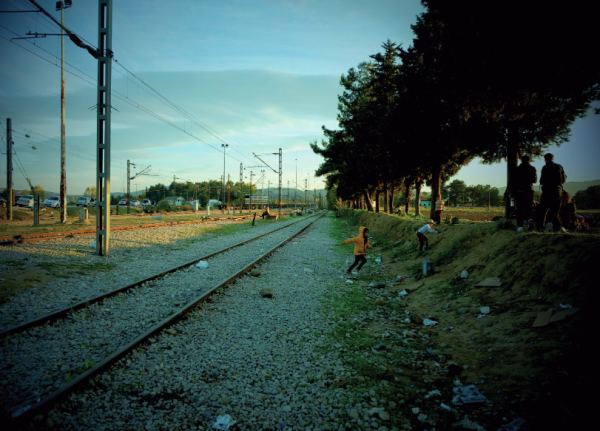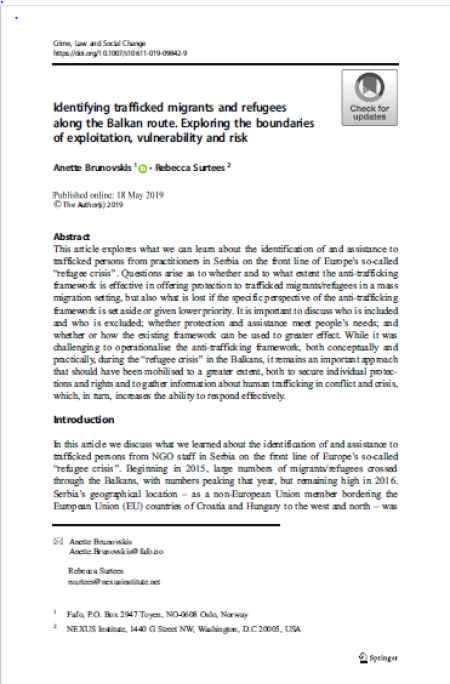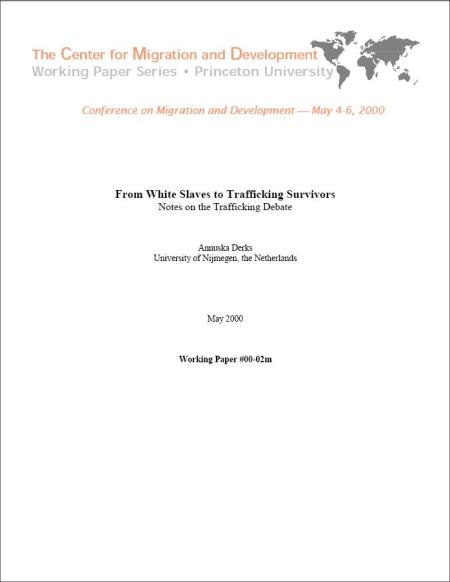
The years 2015-2016 saw an unprecedented increase in the numbers of people travelling by sea and overland along the migration route to the European Union (EU), with almost one and a half million people irregularly entering EU countries. This situation required frontline responders in these regions to be able to quickly identify and refer potential victims of trafficking in human beings (THB) among refugees, asylum applicants and migrants in an irregular situation. It also required the adoption of tailored protection and rehabilitation programmes for identified victims of trafficking among these people. This is particularly important for the protection of specific vulnerable groups, such as separated and unaccompanied children. The TRAM research assessment aims to contribute to the establishment of a solid knowledge base on this crucially important issue. It examines the incidence of trafficking in human beings and risk factors for THB in the context of the Balkan route and in destination countries. It also looks at the gaps, needs and challenges that exist in the identification, referral, protection and rehabilitation of victims of trafficking.
In this study you can learn about regional and national migration context, anti-trafficking, legal and policy framework, incidence of trafficking in human beings and risk factors, identification and referal procedures, protection and rehabilitation, as well as recommendations.





















